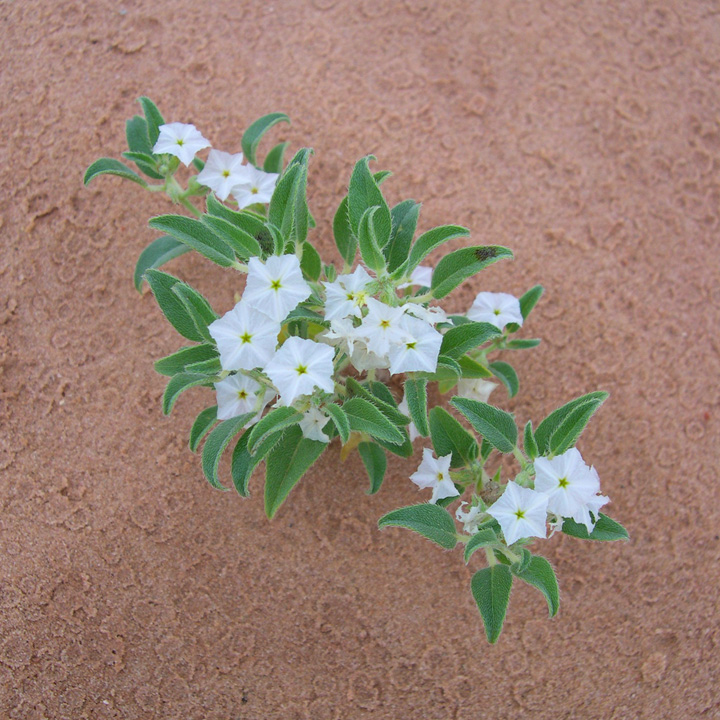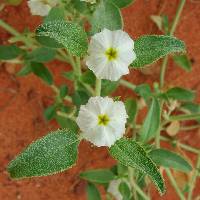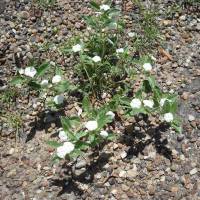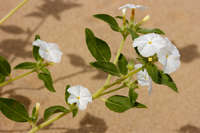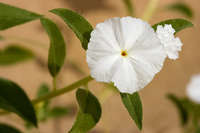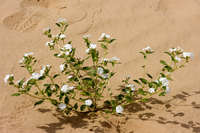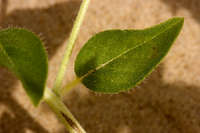|
Euploca convolvulacea subsp. convolvulacea
 No occurrences found (redirected from: Heliotropium convolvulaceum var. convolvulaceum ) |
|
|
Family: Heliotropiaceae
phlox heliotrope, more...
[Heliotropium convolvulaceum (Nutt.) A. Gray, more] |
|
|
|
|

